Home>Furniture & Design>Interior Design Trends>How To Insulate A Sliding Glass Door
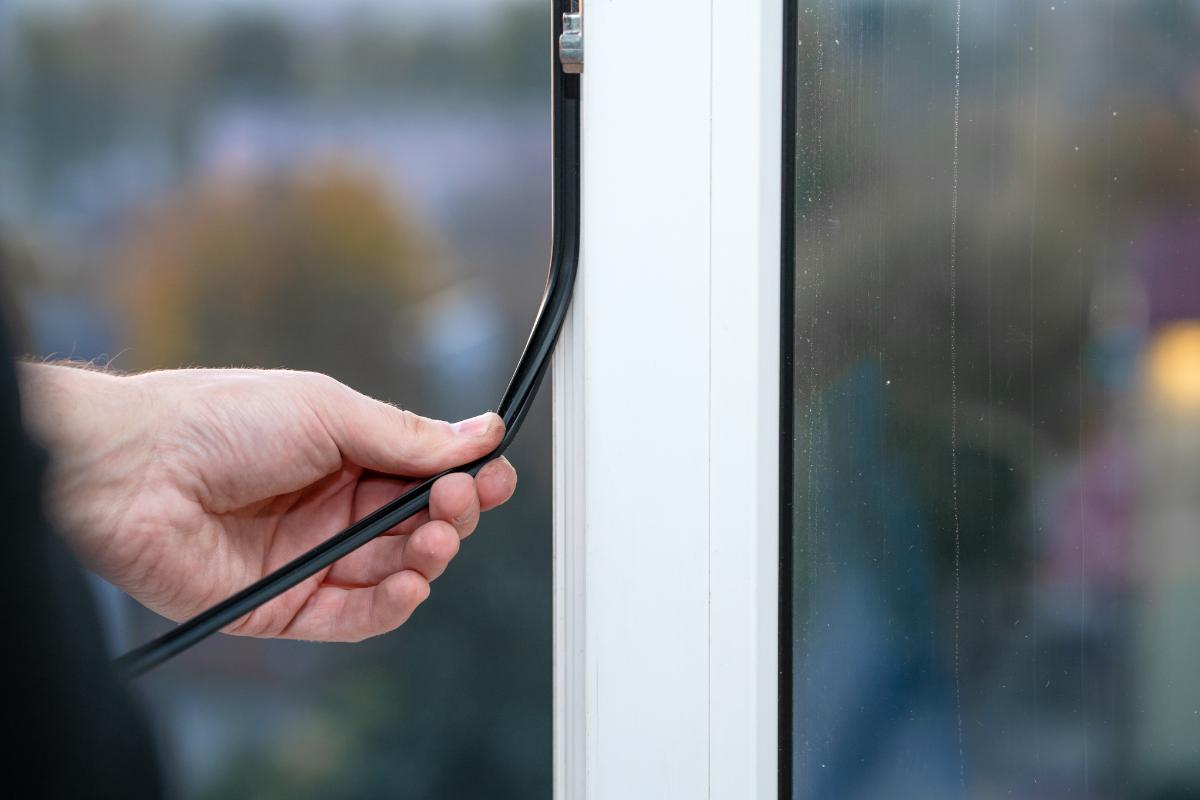

Interior Design Trends
How To Insulate A Sliding Glass Door
Modified: March 24, 2024
Learn how to insulate a sliding glass door to keep up with the latest interior design trends. Improve energy efficiency and enhance your home's style!
(Many of the links in this article redirect to a specific reviewed product. Your purchase of these products through affiliate links helps to generate commission for Storables.com, at no extra cost. Learn more)
Introduction
Insulating a sliding glass door is a crucial step in maintaining a comfortable and energy-efficient home environment. As one of the largest openings in a house, sliding glass doors can be a significant source of heat loss in the winter and heat gain in the summer. By effectively insulating these doors, homeowners can reduce energy costs, improve indoor comfort, and contribute to a more sustainable living space.
In this comprehensive guide, we will explore the importance of insulating sliding glass doors and provide practical tips for selecting the right insulation materials, preparing the door for insulation, and applying the insulation effectively. Whether you're looking to enhance the thermal performance of your home or simply create a cozier indoor atmosphere, insulating your sliding glass door is a worthwhile investment that can yield long-term benefits.
By understanding the significance of proper insulation and learning the best practices for insulating sliding glass doors, homeowners can take proactive steps to optimize their living spaces and minimize energy waste. With the right knowledge and tools at your disposal, insulating a sliding glass door can be a manageable and rewarding home improvement project.
Throughout this guide, we will delve into the various aspects of insulating sliding glass doors, empowering you to make informed decisions and execute the insulation process with confidence. From exploring different insulation materials to providing step-by-step instructions for application, this guide aims to equip you with the essential information needed to tackle this essential home improvement task.
Join us as we embark on a journey to unlock the potential of your sliding glass door, transforming it into a more energy-efficient and comfortable feature of your home. Let's dive into the world of sliding glass door insulation and discover the transformative impact it can have on your living space.
Key Takeaways:
- Insulating your sliding glass door can save energy, improve comfort, and reduce noise. Choose the right materials and apply them properly for a cozy and sustainable home.
- Consider regular maintenance, security enhancements, and energy-efficient glass to optimize sliding glass door insulation. Create a resilient, energy-efficient, and inviting living environment.
Read more: How To Insulate Sliding Glass Doors
Understanding the Importance of Insulating a Sliding Glass Door
Insulating a sliding glass door is a fundamental aspect of maintaining a well-regulated indoor environment and optimizing energy efficiency within a home. As one of the largest openings in a residence, a sliding glass door can significantly impact the thermal performance of a space. Without proper insulation, these doors can become conduits for heat transfer, allowing warm air to escape during the winter and outdoor heat to infiltrate during the summer. This can lead to increased energy consumption as heating and cooling systems work harder to compensate for the temperature imbalances, ultimately resulting in higher utility bills.
By insulating a sliding glass door, homeowners can create a more stable and comfortable indoor environment while reducing their energy usage. Proper insulation helps to minimize heat loss in the winter, keeping the interior warm and cozy, and prevents excessive heat gain in the summer, promoting a cooler and more pleasant atmosphere. Additionally, insulating a sliding glass door can contribute to a more sustainable lifestyle by reducing the overall carbon footprint associated with excessive energy consumption.
Moreover, effective insulation can also enhance the overall security and privacy of a home. Insulated sliding glass doors provide an additional barrier against external noise, creating a quieter indoor environment. This can be particularly beneficial for homes located in busy or noisy neighborhoods, offering residents a more peaceful and tranquil living space.
Furthermore, insulating a sliding glass door can help protect the interior of a home from potential moisture damage. Proper insulation can prevent condensation from forming on the glass surface, reducing the risk of mold and mildew growth. This is especially important in regions with high humidity levels, where moisture control is essential for maintaining a healthy indoor environment.
In summary, the importance of insulating a sliding glass door cannot be overstated. From improving energy efficiency and indoor comfort to enhancing security and moisture control, proper insulation offers a myriad of benefits for homeowners. By prioritizing the insulation of sliding glass doors, individuals can create a more sustainable, comfortable, and secure living environment for themselves and their families.
Choosing the Right Insulation Materials
Selecting the appropriate insulation materials is a critical step in ensuring the effectiveness and longevity of the insulation for a sliding glass door. When choosing insulation materials, it's essential to consider factors such as thermal performance, durability, ease of installation, and compatibility with the door's structure. Here are some popular insulation options to consider:
-
Weather Stripping: Weather stripping is a versatile and cost-effective option for insulating sliding glass doors. It consists of narrow strips of material, such as vinyl, rubber, or foam, that are designed to seal gaps and prevent air infiltration. Weather stripping is particularly effective at sealing the perimeter of the door, reducing drafts and improving energy efficiency.
-
Insulating Curtains or Drapes: Insulating curtains or drapes can serve as both decorative window treatments and effective insulation for sliding glass doors. These specialized curtains are designed with insulating materials, such as thermal lining or reflective fabric, to provide an additional barrier against heat transfer. When closed, insulating curtains can help regulate indoor temperatures and reduce energy loss through the glass.
-
Window Film: Window film, specifically designed for insulation, can be applied directly to the glass surface of a sliding door. This thin, transparent film is engineered to reduce heat transfer, block UV rays, and enhance the thermal performance of the door. Window film is a non-intrusive and cost-effective insulation solution that can be easily installed by homeowners.
-
Insulating Foam Tape: Insulating foam tape, also known as foam weather stripping, is a self-adhesive material that can be applied to the frame of the sliding glass door to create a tight seal. This foam tape is designed to fill gaps and cracks, effectively preventing air leakage and improving the overall insulation of the door.
-
Insulating Panels or Inserts: Insulating panels or inserts are custom-made pieces that can be installed over the glass area of the sliding door. These panels are often made of insulating materials, such as foam board or thermal insulation, and are designed to provide an additional layer of thermal protection. Insulating panels can be a practical solution for enhancing the insulation of older or inefficient sliding glass doors.
When choosing insulation materials for a sliding glass door, it's important to assess the specific insulation needs of the door and consider the climate and environmental factors that may impact its performance. By selecting the right insulation materials, homeowners can effectively enhance the thermal efficiency of their sliding glass doors and create a more comfortable and energy-efficient living space.
Preparing the Sliding Glass Door for Insulation
Before applying insulation to a sliding glass door, it is essential to prepare the door and its surrounding components to ensure optimal adhesion and effectiveness of the insulation materials. Proper preparation not only facilitates the insulation process but also helps to address any existing issues that may compromise the door's thermal performance. Here are the key steps to prepare a sliding glass door for insulation:
-
Clean the Door Surface: Begin by thoroughly cleaning the surface of the sliding glass door. Use a gentle, non-abrasive cleaner to remove any dirt, dust, or residue that may hinder the adhesion of the insulation materials. Pay close attention to the door frame, tracks, and glass panels, ensuring that they are free of debris and grime.
-
Inspect for Damage and Leaks: Carefully inspect the door and its components for any signs of damage, wear, or air leaks. Check the weather stripping, seals, and caulking around the door to identify areas that may require repair or replacement. Addressing these issues before applying insulation can help maximize the effectiveness of the insulation and improve the overall energy efficiency of the door.
-
Repair Sealant and Weather Stripping: If the existing sealant or weather stripping is damaged or deteriorated, it is crucial to repair or replace these components before proceeding with insulation. Ensure that the seals are intact and properly aligned to create a tight barrier against air infiltration. This step is essential for preventing drafts and optimizing the insulation's performance.
-
Apply Primer (If Necessary): Depending on the type of insulation materials being used, it may be beneficial to apply a primer to the door surface. Some insulation products require a primer to promote adhesion and ensure a durable bond. Follow the manufacturer's recommendations regarding the use of primers and allow sufficient time for the primer to dry before proceeding with insulation.
-
Measure and Prepare Insulation Materials: Take accurate measurements of the door's dimensions to prepare the insulation materials accordingly. Whether using weather stripping, insulating panels, or foam tape, ensure that the materials are cut to the appropriate size and shape for seamless application. Properly prepared insulation materials will facilitate a snug fit and enhance the overall effectiveness of the insulation.
By diligently preparing the sliding glass door for insulation, homeowners can lay the groundwork for a successful and long-lasting insulation solution. This proactive approach not only ensures the optimal performance of the insulation materials but also helps to address any underlying issues that may compromise the door's energy efficiency. With the door properly prepared, the next step is to apply the selected insulation materials, creating a more thermally efficient and comfortable living environment.
Applying the Insulation
Once the sliding glass door has been thoroughly prepared for insulation, the next crucial step is to apply the selected insulation materials effectively. The application process plays a pivotal role in ensuring that the insulation creates a tight seal, minimizes air infiltration, and optimizes the door's thermal performance. Depending on the chosen insulation materials, the application methods may vary, but the overarching goal remains consistent: to enhance the door's energy efficiency and indoor comfort. Here are the key considerations and steps for applying insulation to a sliding glass door:
Weather Stripping:
If weather stripping is the chosen insulation solution, carefully adhere the strips along the perimeter of the door frame, ensuring a snug and uniform fit. Pay close attention to corners and joints, pressing the weather stripping firmly to create a seamless seal. Trim any excess material to achieve a precise fit, and verify that the weather stripping effectively blocks drafts and air leaks.
Insulating Curtains or Drapes:
For insulating curtains or drapes, simply hang them over the sliding glass door, ensuring that they cover the entire glass surface. Adjust the curtains to eliminate gaps and ensure that they provide a complete barrier against heat transfer. When closed, the insulating curtains should create a snug enclosure, effectively regulating indoor temperatures and reducing energy loss.
Window Film:
When applying window film for insulation, carefully adhere the film to the interior surface of the glass door, following the manufacturer's instructions. Use a squeegee to remove any air bubbles and ensure a smooth, uniform application. Trim the excess film as needed, and verify that the film effectively reduces heat transfer and UV radiation while maintaining visibility through the glass.
Insulating Foam Tape:
For insulating foam tape, apply the self-adhesive tape along the door frame, focusing on areas prone to air leakage, such as the edges and seams. Press the foam tape firmly to create a secure seal, and verify that it effectively fills gaps and cracks, preventing heat loss and drafts.
Read more: How To Install A Sliding Glass Door
Insulating Panels or Inserts:
When using insulating panels or inserts, carefully position the panels over the glass area of the sliding door, ensuring a precise fit and secure placement. Some panels may feature magnetic attachments or clips for easy installation. Verify that the panels create a thermal barrier and effectively reduce heat transfer through the glass.
By diligently applying the selected insulation materials, homeowners can significantly enhance the thermal efficiency of their sliding glass doors, creating a more comfortable and energy-efficient living space. The proper application of insulation materials not only minimizes energy loss but also contributes to a more sustainable and cost-effective home environment. With the insulation in place, homeowners can enjoy improved indoor comfort and reduced energy consumption, making the investment in sliding glass door insulation a valuable and rewarding endeavor.
Additional Tips for Insulating a Sliding Glass Door
In addition to the fundamental steps of selecting, preparing, and applying insulation materials, there are several additional tips and considerations that can further optimize the insulation of a sliding glass door. These tips aim to enhance the effectiveness and longevity of the insulation while addressing specific challenges and nuances associated with sliding glass door insulation.
-
Regular Maintenance: After insulating a sliding glass door, it is essential to conduct regular maintenance to ensure the continued effectiveness of the insulation. Periodically inspect the insulation materials for signs of wear, damage, or detachment. Address any issues promptly to prevent air leaks and maintain optimal thermal performance.
-
Enhance Security: In addition to improving thermal efficiency, consider enhancing the security features of the sliding glass door during the insulation process. Explore options such as reinforced locks, security bars, or shatter-resistant glass to bolster the door's security while maintaining its insulation integrity.
-
Consider Energy-Efficient Glass: For homeowners seeking a comprehensive approach to energy efficiency, consider upgrading to energy-efficient glass for the sliding door. Low-emissivity (Low-E) glass or double-pane insulated glass can significantly reduce heat transfer and enhance the overall thermal performance of the door.
-
Utilize Draft Stoppers: To further minimize drafts and air infiltration, consider using draft stoppers or door snakes along the base of the sliding glass door. These simple yet effective devices can complement the insulation materials, creating a more comprehensive barrier against heat loss and drafts.
-
Optimize Window Treatments: Coordinate the insulation efforts with optimized window treatments, such as blinds or shades, to further regulate light and heat transfer. When used in conjunction with insulation materials, these treatments can contribute to a more controlled indoor environment and improved energy efficiency.
-
Professional Consultation: If unsure about the best insulation approach for a sliding glass door, consider consulting with a professional contractor or insulation specialist. Their expertise can provide valuable insights and recommendations tailored to the specific needs and characteristics of the door, ensuring an optimal insulation solution.
By incorporating these additional tips into the insulation process, homeowners can elevate the effectiveness and performance of their sliding glass door insulation. These proactive measures not only enhance energy efficiency and indoor comfort but also contribute to a more secure and sustainable living environment. With a comprehensive approach to insulation and maintenance, a sliding glass door can become a resilient and energy-efficient feature of any home.
Consider using insulating curtains or drapes to cover the sliding glass door. These can help to reduce heat loss in the winter and keep out heat in the summer, improving energy efficiency.
Conclusion
In conclusion, insulating a sliding glass door is a pivotal step in creating a more energy-efficient, comfortable, and secure home environment. By prioritizing the insulation of sliding glass doors, homeowners can significantly reduce energy consumption, improve indoor comfort, and contribute to a more sustainable lifestyle. The importance of proper insulation cannot be overstated, as it directly impacts the thermal performance, security, and overall functionality of the door.
Through the careful selection of insulation materials, diligent preparation of the door surface, and effective application of the chosen insulation solutions, homeowners can transform their sliding glass doors into resilient barriers against heat loss, drafts, and external elements. Whether utilizing weather stripping, insulating curtains, window film, foam tape, or insulating panels, the insulation process plays a crucial role in enhancing the door's thermal efficiency and creating a more comfortable indoor environment.
Furthermore, by embracing additional tips such as regular maintenance, security enhancements, energy-efficient glass options, draft stoppers, optimized window treatments, and professional consultation, homeowners can further optimize the insulation of their sliding glass doors, ensuring long-term effectiveness and performance.
Ultimately, insulating a sliding glass door is a multifaceted endeavor that goes beyond mere energy efficiency. It encompasses the creation of a secure, tranquil, and sustainable living space that aligns with the evolving needs and aspirations of modern homeowners. By investing in sliding glass door insulation, individuals can reap the benefits of reduced energy costs, enhanced indoor comfort, improved security, and a smaller environmental footprint.
As we conclude this comprehensive guide, it is evident that insulating a sliding glass door is not just a practical necessity but a transformative investment that can elevate the overall quality of life within a home. By embracing the principles of effective insulation and proactive maintenance, homeowners can unlock the full potential of their sliding glass doors, creating a more resilient, energy-efficient, and inviting living environment for themselves and their families.
Frequently Asked Questions about How To Insulate A Sliding Glass Door
Was this page helpful?
At Storables.com, we guarantee accurate and reliable information. Our content, validated by Expert Board Contributors, is crafted following stringent Editorial Policies. We're committed to providing you with well-researched, expert-backed insights for all your informational needs.
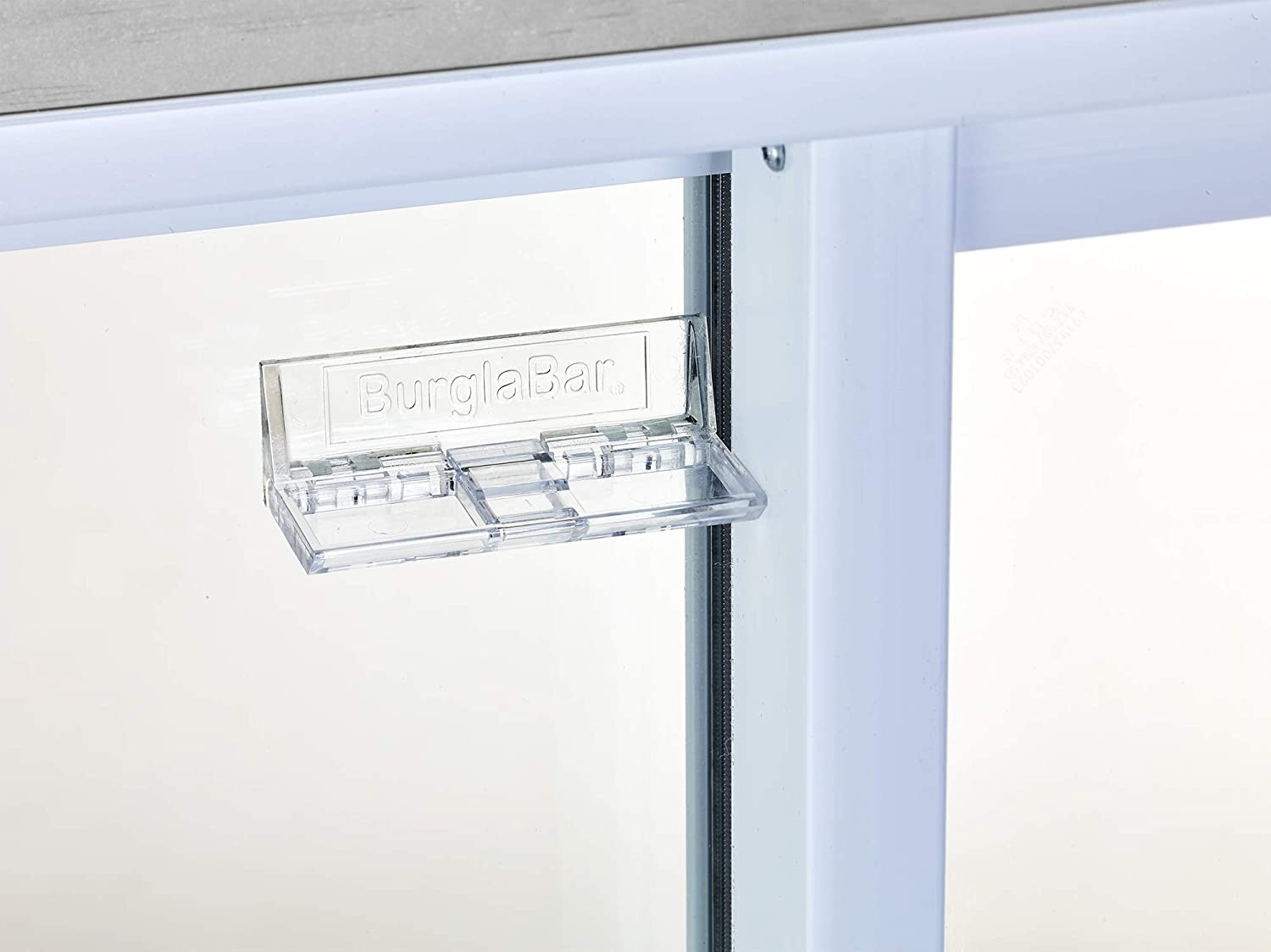

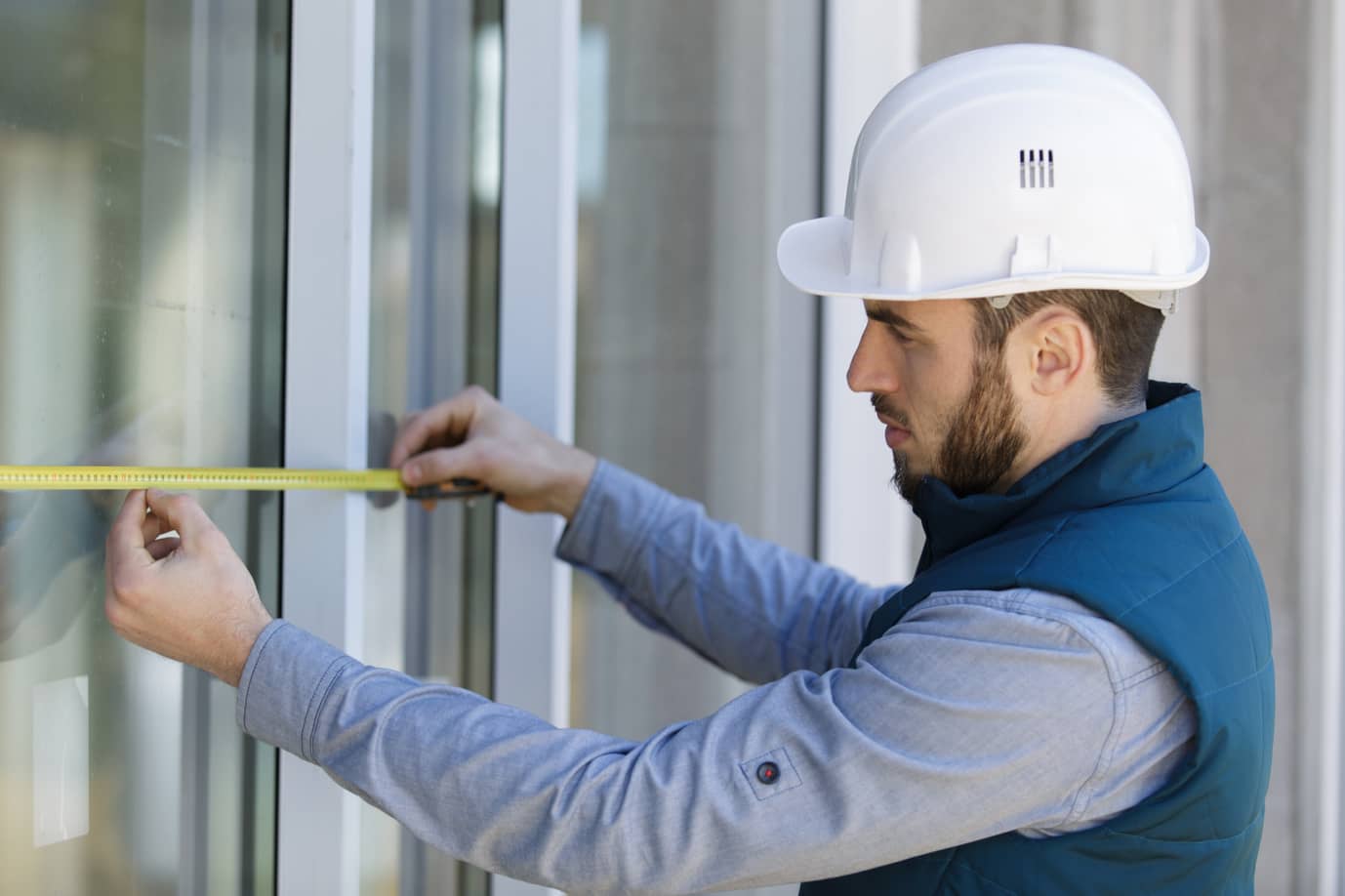
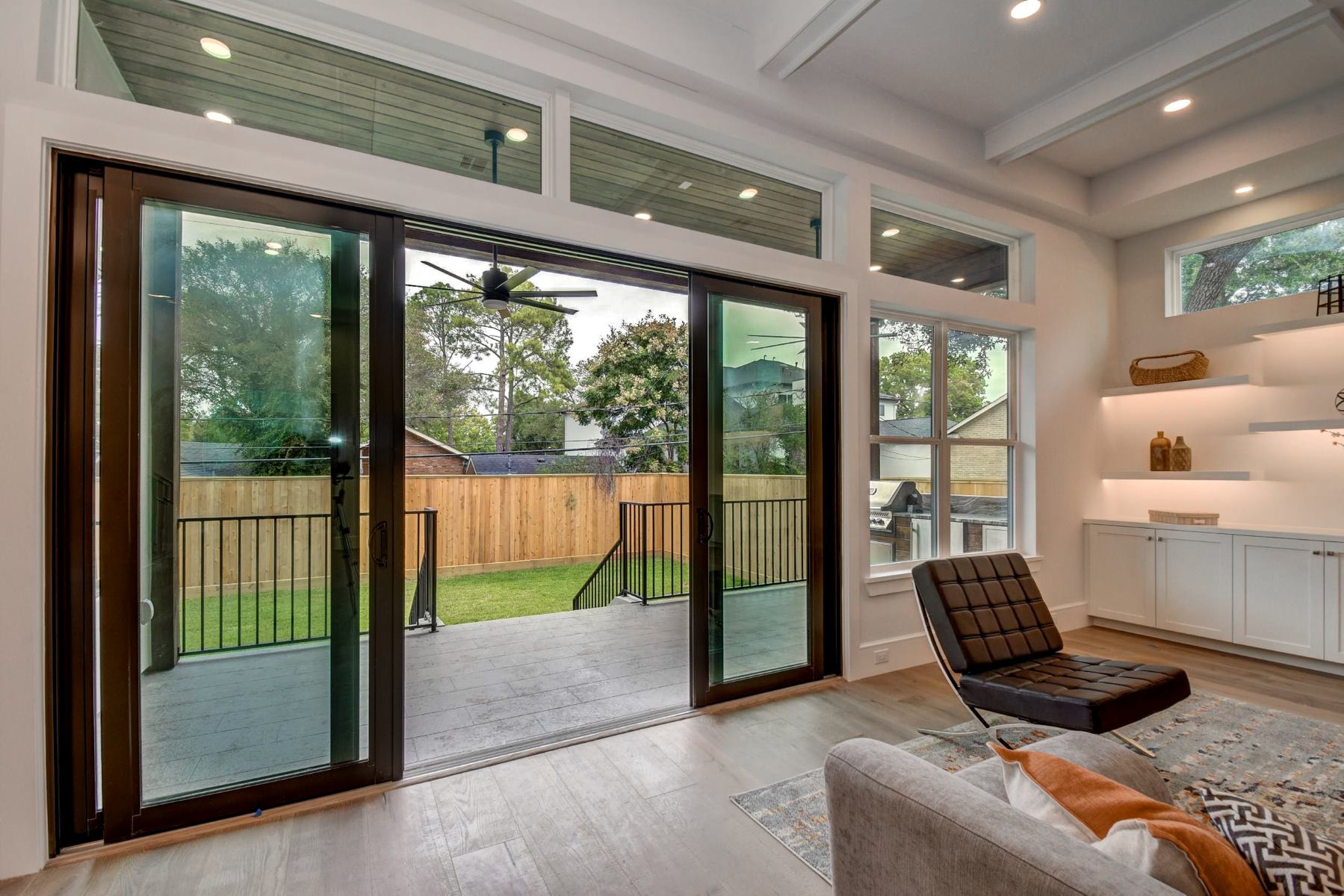
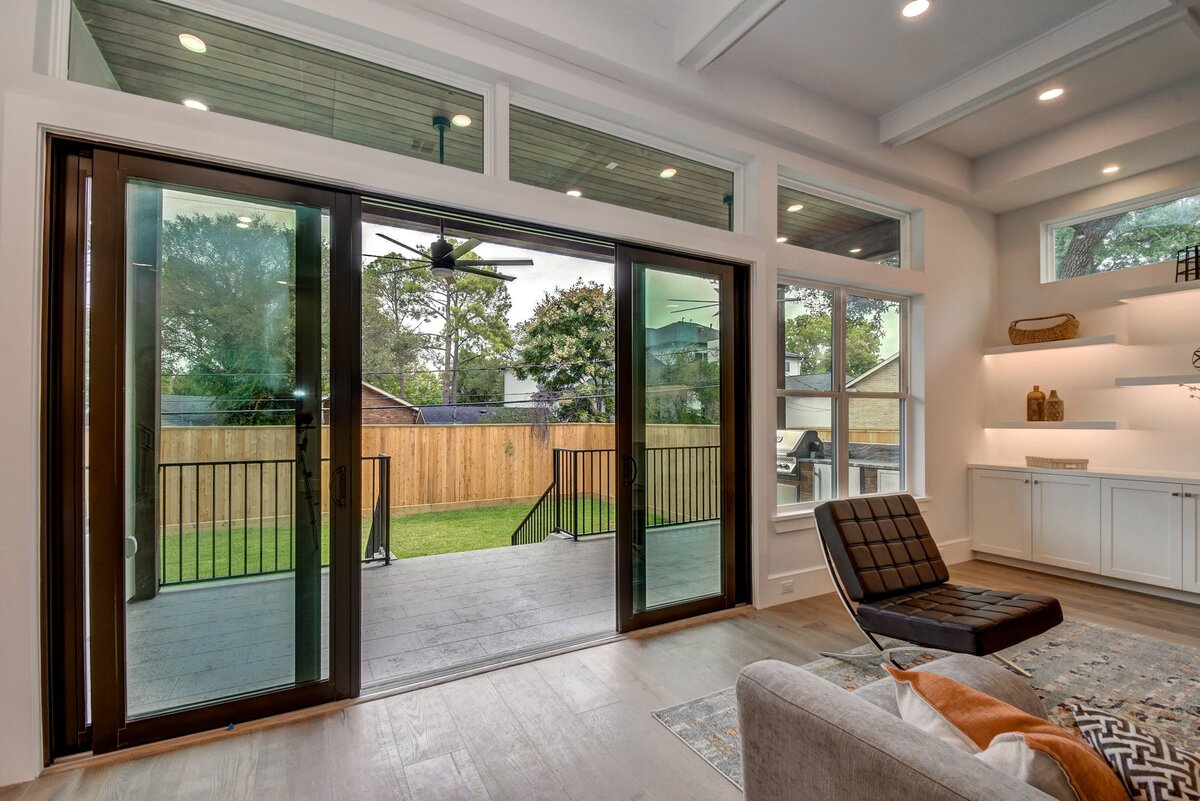
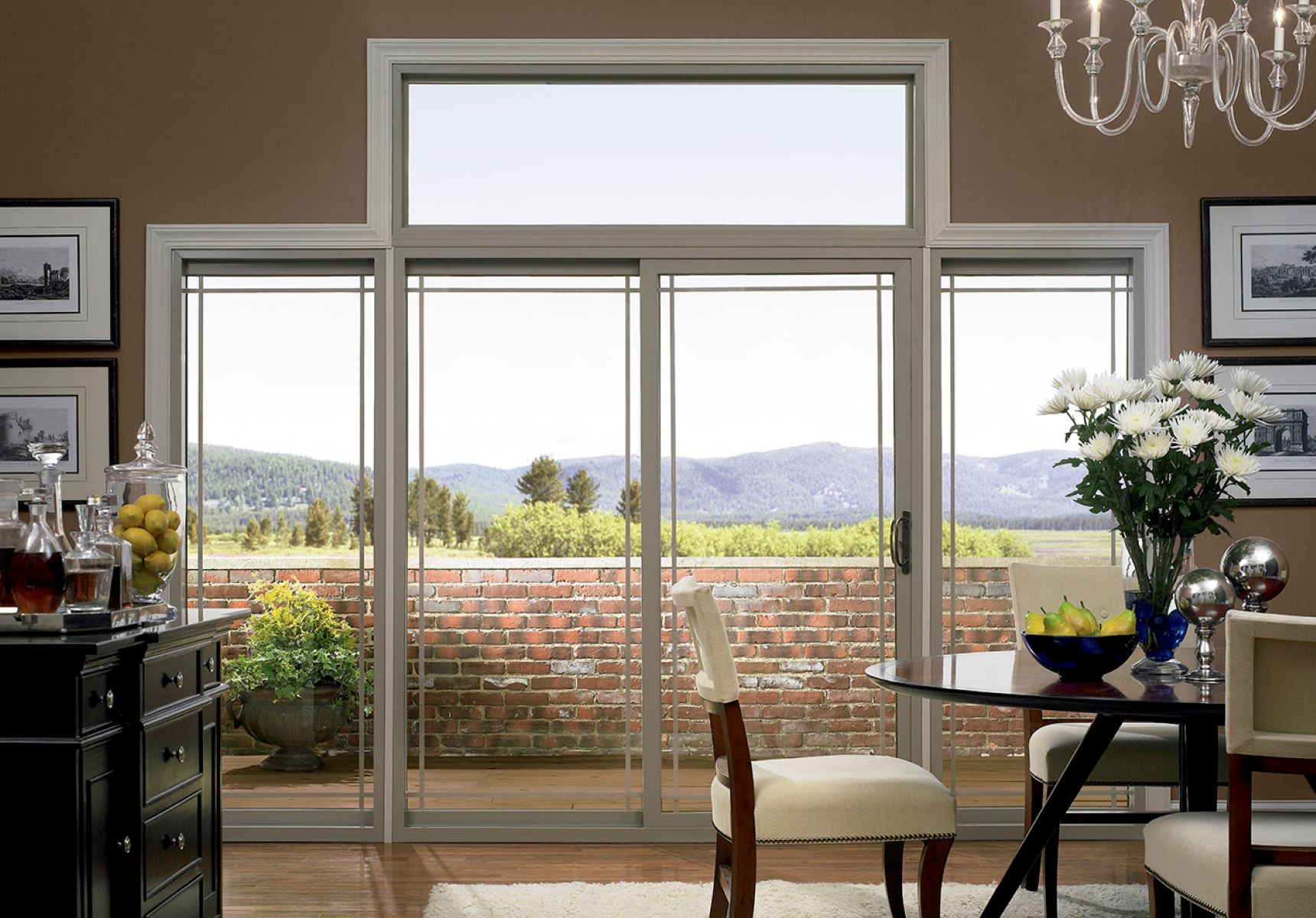
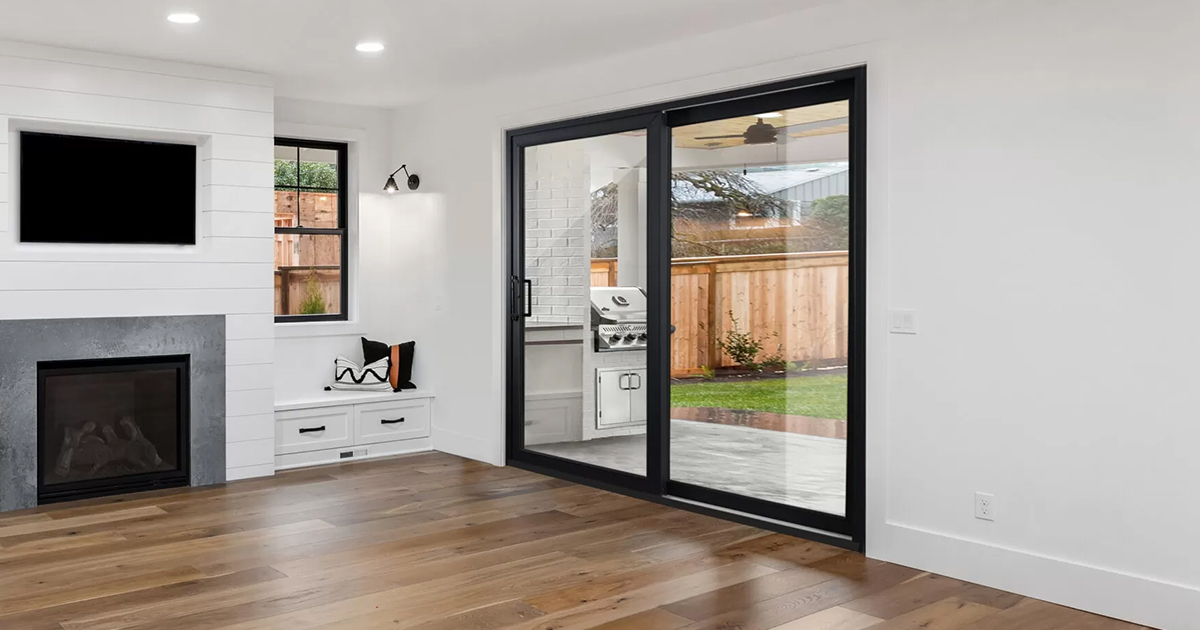
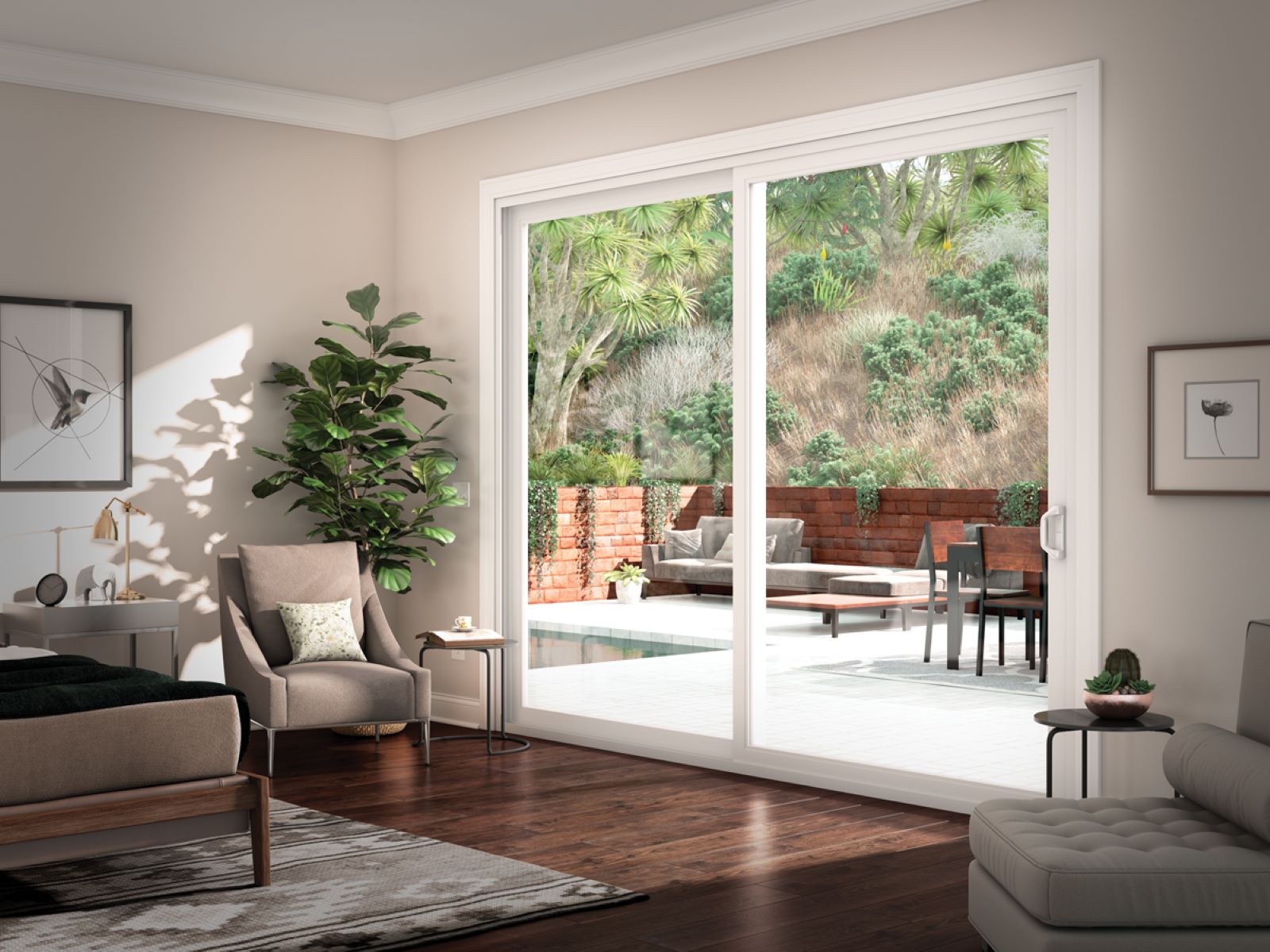
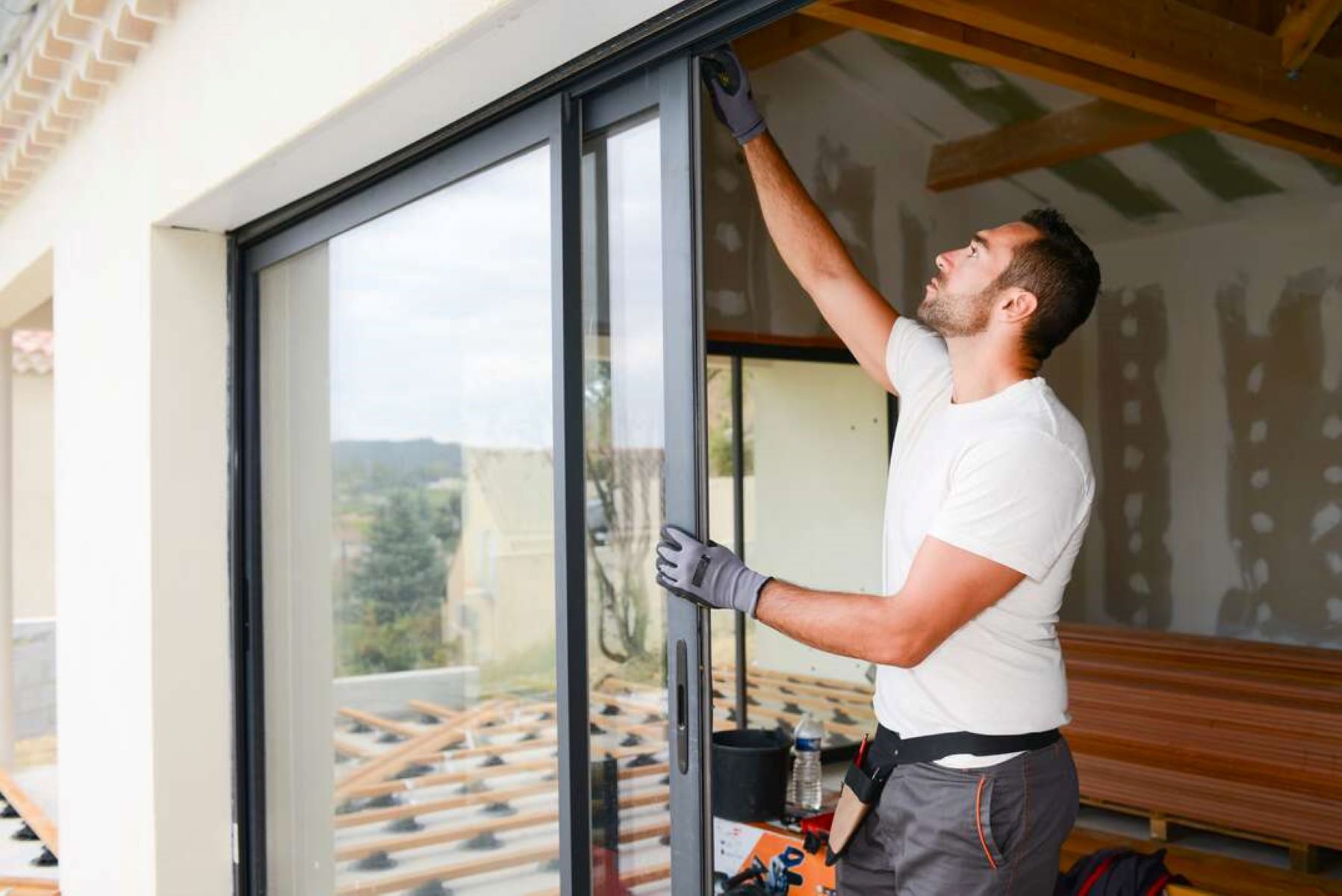
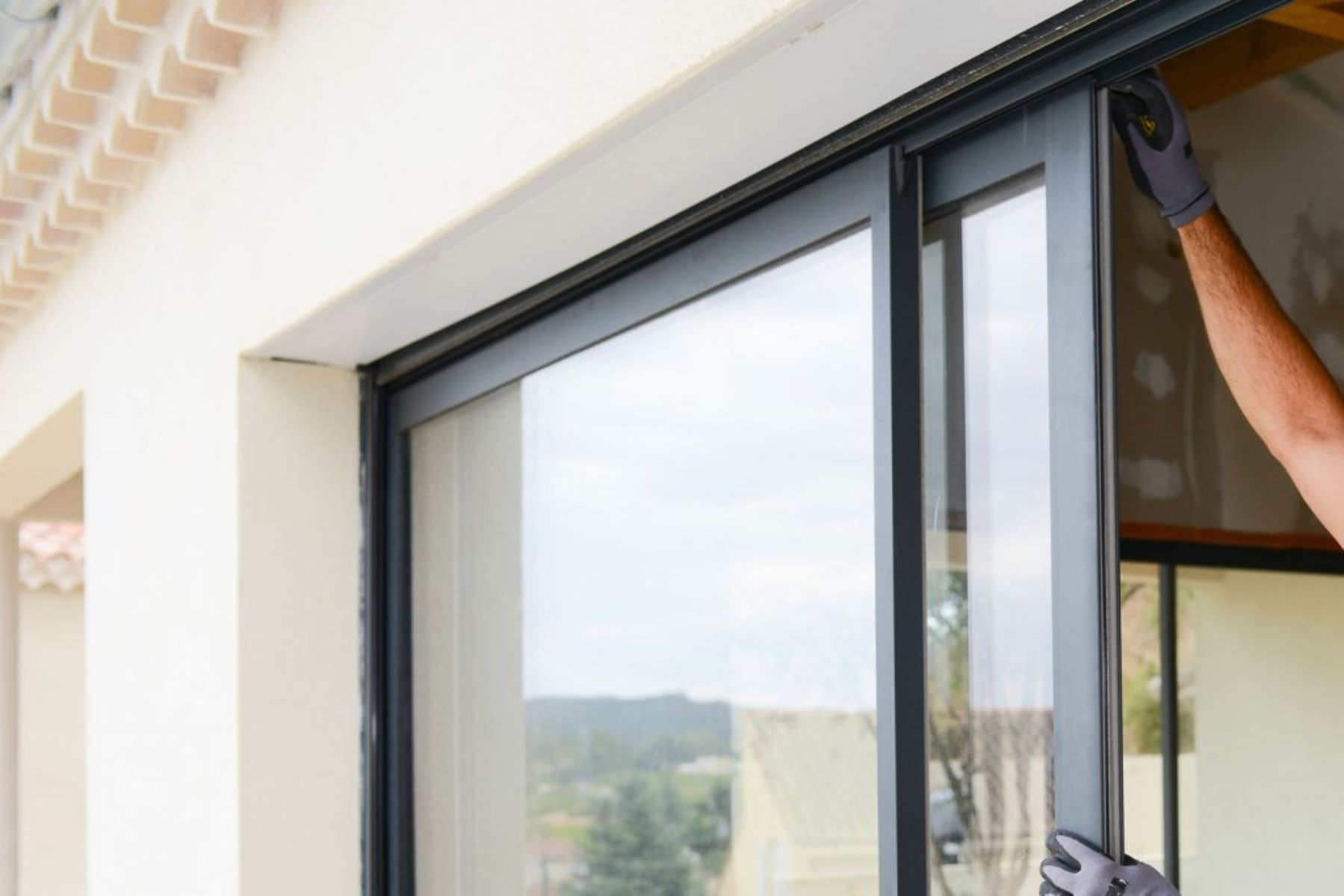
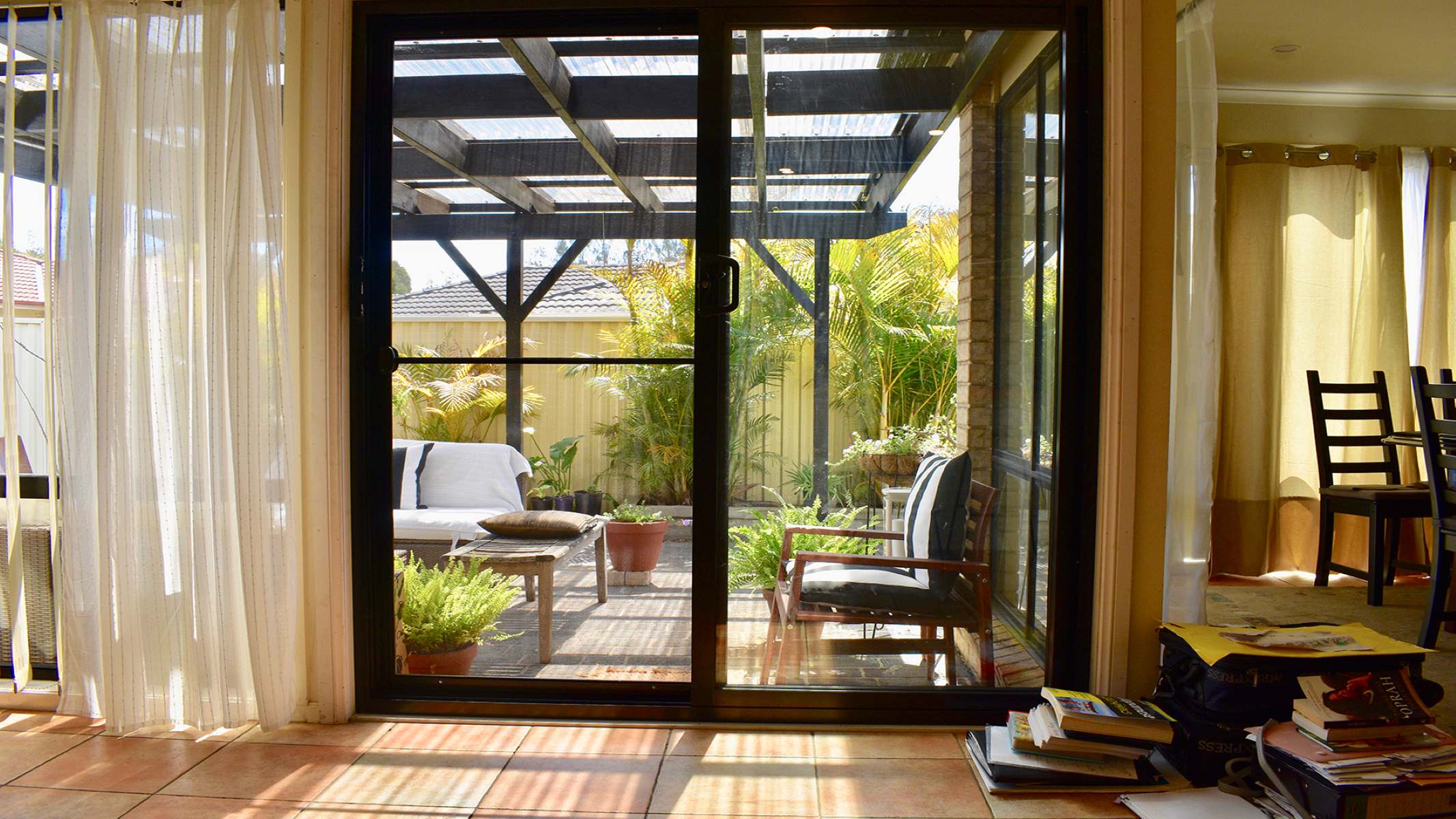

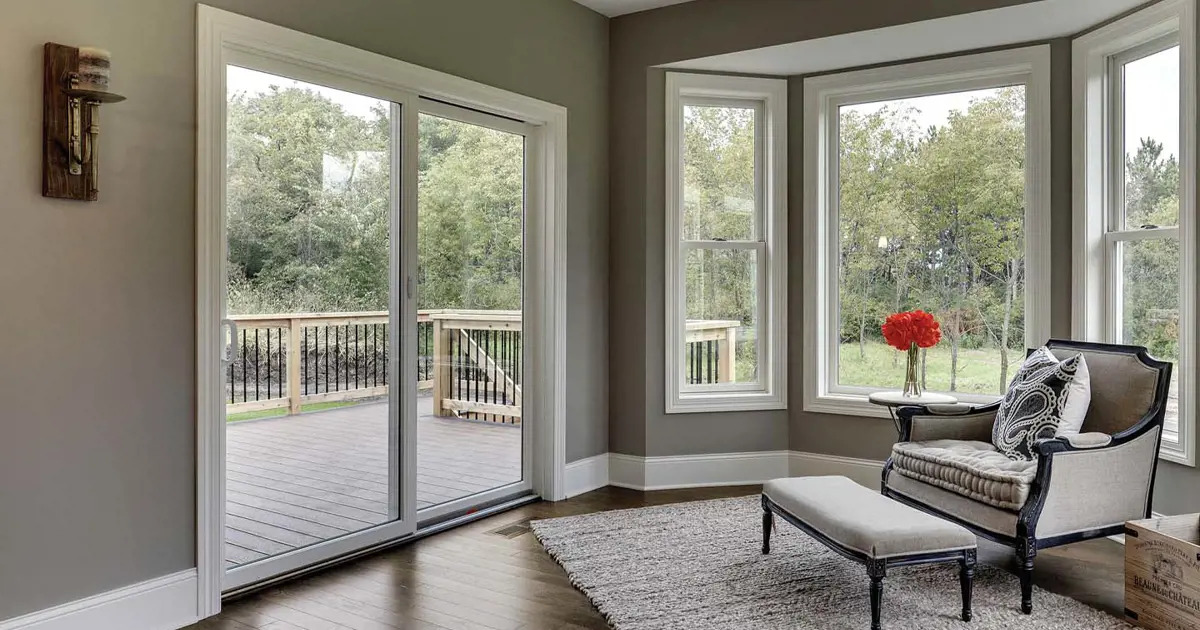

0 thoughts on “How To Insulate A Sliding Glass Door”